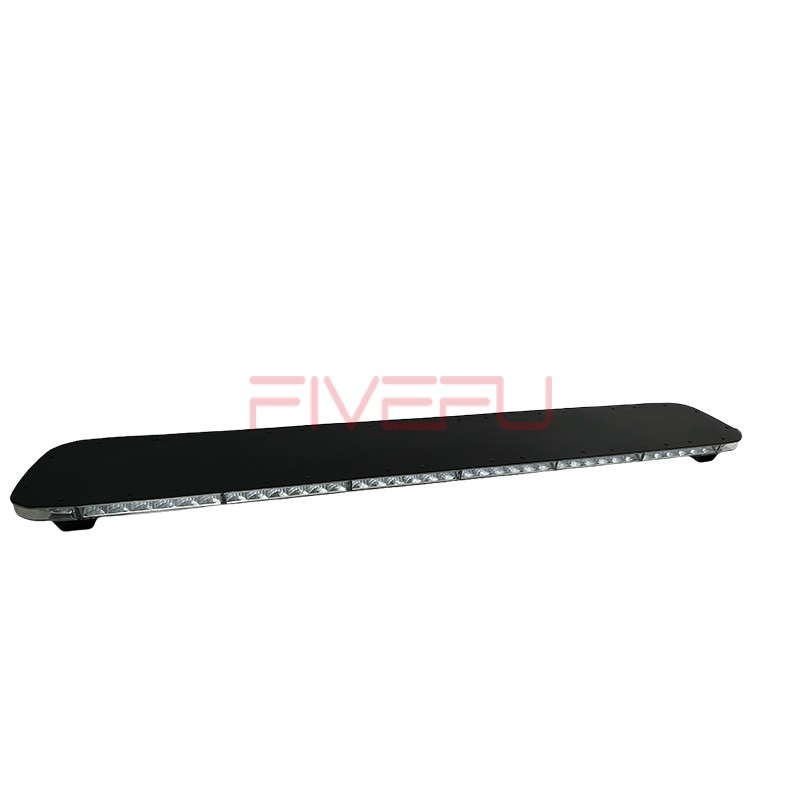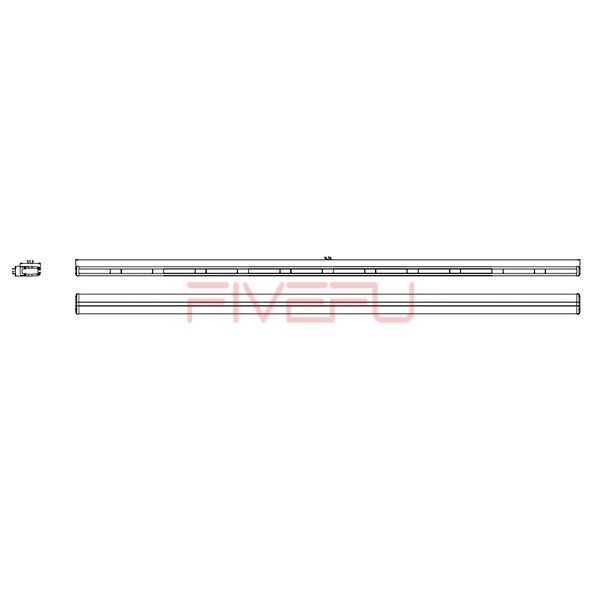Dashboard lights left on can silently drain your car battery, causing no-start emergencies. Avoid costly breakdowns by understanding why and how to prevent battery discharge.
Yes, dashboard lights can drain a battery if the ignition is off or the electrical system is faulty. Indicator lights draw power continuously when illuminated. While the drain may be small, hours or overnight can weaken the battery enough to prevent the engine from starting. Timely diagnosis and switching lights off protect the battery’s lifespan.
Connecting Paragraph
Let’s explore why dashboard lights drain power and how to avoid unexpected battery failures.
Why Do Dashboard Lights Stay On?
Dashboard lights normally illuminate briefly when the car is turned on for system checks. They should disappear after the engine starts and systems confirm no issues. However, if they stay on while the ignition is off, it indicates a parasitic electrical draw — a component continuously consuming power even when the car is not running.
Common causes include:
-
Faulty sensors: ABS, airbag, or engine sensors may falsely trigger warning lights.
-
Ignition switch issues: The car may think it’s still partially in accessory mode.
-
Poor wiring or short circuits: Damaged wiring can cause unintended current flow.
-
Aftermarket installations: Alarm systems, LED strips, or dash cams wired incorrectly can keep lights active.
Even a small bulb can draw a measurable amount of current over several hours. A healthy battery might tolerate it once or twice, but repeated overnight drain leads to sulfation and reduced life expectancy.
How Fast Do Dashboard Lights Drain a Battery?
Battery drain speed depends on:
| Factor | Impact |
|---|---|
| Battery age | Older batteries lose charge faster |
| Temperature | Cold weather reduces battery capacity |
| Number of lights illuminated | More lights = more current draw |
| Duration | Overnight drain is more harmful |
A dashboard light typically consumes 0.05–0.2 amps. Left on for 8–12 hours, it could weaken a battery enough to prevent the car from starting the next morning — especially if the battery is already aging or partially discharged by short drives.
If multiple indicators stay lit (e.g., check engine + brake + ABS), the parasitic draw multiplies.
Key Warning Lights That Can Drain Power
Some lights are more persistent than others:
-
Battery warning light: Often signals alternator or charging system issues. The battery may not recharge during driving.
-
Security/immobilizer light: Blinking continuously can drain power over long parking periods.
-
Door/hood ajar indicator: Suggests interior lights may also stay on.
-
Brake system alert: May trigger additional diagnostic systems to remain active.
Ignoring these indicators isn’t only a battery risk — it may mask serious safety problems.
How to Prevent Dashboard Light Battery Drain
Practical prevention measures include:
✅ Turn off accessories and ensure ignition is fully off
✅ Update or recalibrate sensors to avoid false warnings
✅ Fix wiring shorts and inspect grounding points
✅ Test alternator output to ensure proper charging
✅ Unplug aftermarket devices that may cause electrical loops
If you’re storing a vehicle for an extended period:
-
Use a battery maintainer or trickle charger
-
Start and run the engine weekly to recharge the battery
-
Consider disconnecting the negative battery cable
Modern vehicles include 30–70 microcontrollers. Even without dashboard lights, small parasitic draw exists. But anything beyond 50 milliamps is considered excessive and should be diagnosed by a technician.
How to Troubleshoot Dashboard Lights Staying On
Follow this step-by-step approach:
-
Check vehicle manual for light meanings and reset procedures.
-
Perform a battery voltage check:
-
12.6V–12.8V: full charge
-
12.2V or below: discharged and at risk
-
-
Inspect doors and trunk: Ensure they latch completely.
-
Check alternator charging:
With engine running, voltage should read 13.7–14.7V. -
Pull fuses one by one: Helps identify faulty circuits responsible for the drain.
-
Scan for diagnostic trouble codes (DTCs): Fix underlying issues rather than silencing the warning.
If dashboard lights return immediately after removal of the fuse or battery reset, a control module may need professional repair.
When Should You Replace the Battery?
If dashboard-light-drain incidents occur repeatedly, the battery may already be compromised. Replace the battery if:
-
It’s 3–5 years old
-
The voltage drops quickly after charging
-
Engine cranks slower after a short parking period
-
Corrosion or swelling is visible
Proactive replacement is cheaper than being stranded or damaging electronics through repeated deep discharge.
Summary
Dashboard lights can drain batteries. Fix faults early and manage parasitic draw to avoid no-start emergencies.









